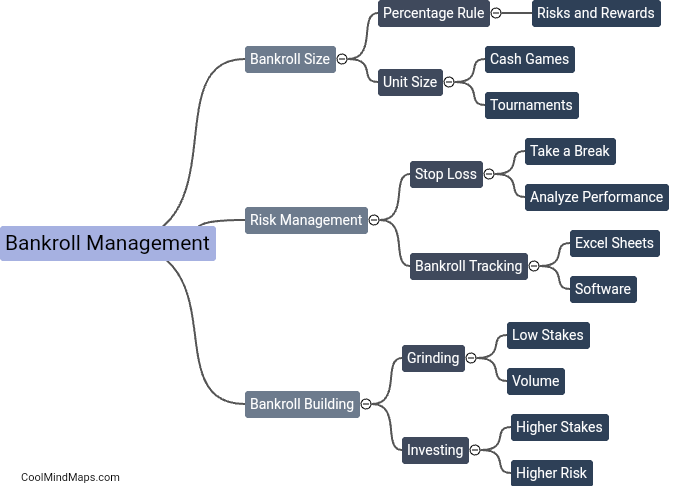What are some common bankroll management strategies for poker players?
Bankroll management is crucial for poker players to ensure they can sustain their gameplay and minimize potential losses. There are several common strategies employed by poker players to effectively manage their bankrolls. One approach is the 1% rule, where players limit their buy-ins to 1% of their total bankroll. This conservative strategy ensures that players have enough funds to withstand potential losses and fluctuations in variance. Another popular method is the 20 buy-in rule, which suggests having a bankroll of at least 20 times the maximum buy-in for the desired stakes. This strategy helps players mitigate the risk and allows them to move up stakes gradually. Additionally, professionals often implement the stop-loss strategy, which sets a predefined loss limit for a particular session, ensuring they quit and avoid further losses when they reach that threshold. These bankroll management strategies are essential for poker players to maintain discipline, mitigate risks, and preserve their bankrolls for the long term.

This mind map was published on 21 January 2024 and has been viewed 91 times.











